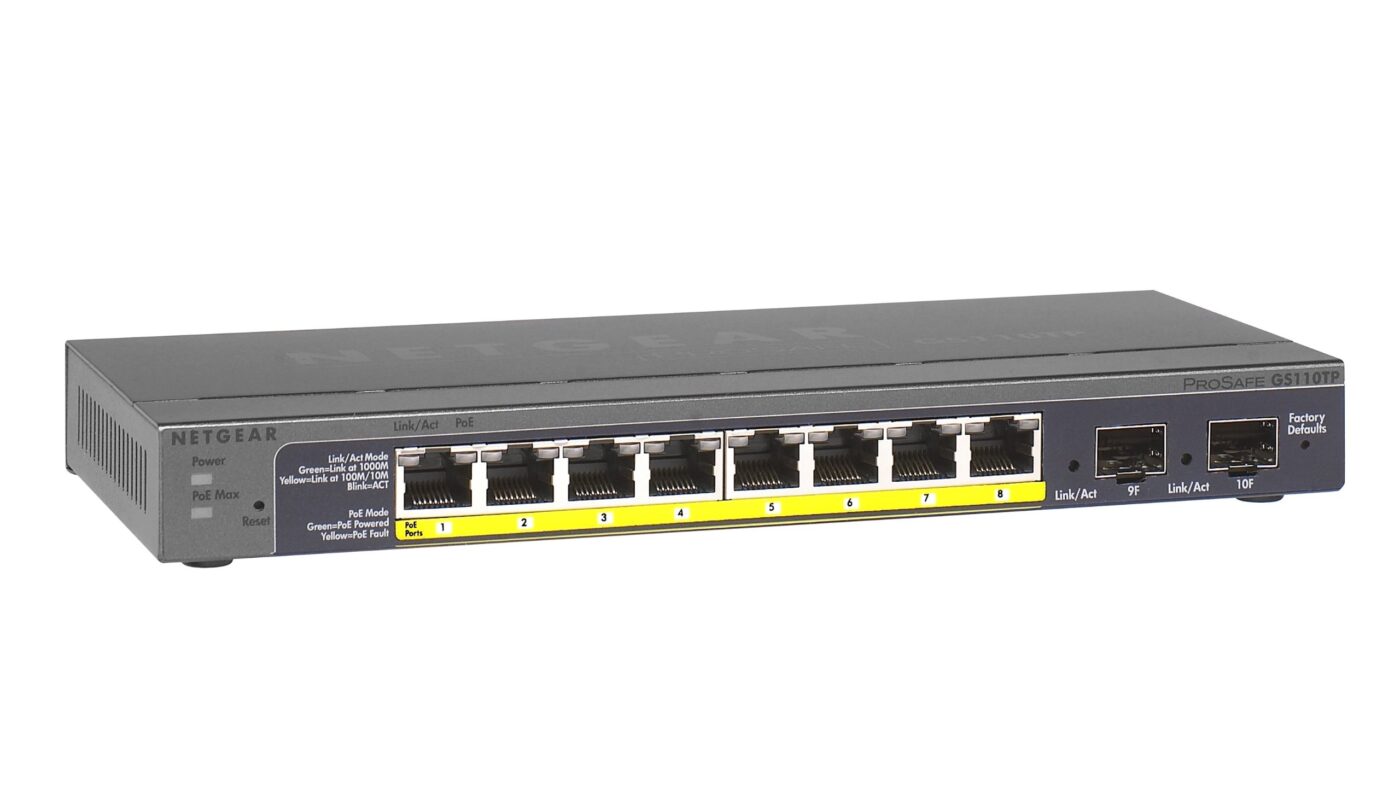Managed PoE (Power over Ethernet) switches are becoming increasingly popular for businesses looking to improve their network infrastructure. But what makes this type of switch so special, and how does it benefit your business? In this blog post, we’ll take a look at managed PoE switches and explain the benefits they can offer to your organization in terms of speed, security, cost savings, and more. We’ll also discuss how to choose the right switch for your environment and why it’s important to have a properly configured network. So let’s dive in and discover why managed PoE switches should be top of mind for any IT professional.
What is a Managed PoE Switch?
A managed PoE switch is a network device that delivers Power over Ethernet (PoE) to connected devices. It offers advanced features and functions for managing, monitoring, and configuring PoE devices on the network. Managed PoE switches can be used to power IP cameras, VoIP phones, wireless access points, and other network devices that require PoE.
Managed PoE switches offer many benefits over traditional unmanaged switches. They provide greater control over the distribution of power to devices on the network. This can help prevent power issues from causing downtime or affecting performance. Managed PoE switches also offer advanced features for monitoring and managing the network. This can make it easier to troubleshoot problems and keep the network running smoothly.
The Benefits of Using a Managed PoE Switch
If you’re looking to install Power over Ethernet (PoE) in your business, you may be wondering if you need a managed PoE switch. In short, a managed PoE switch gives you more control over your network and provides additional features that can be beneficial for your business. Here are some of the benefits of using a managed PoE switch:
- More Control Over Your Network
With a managed PoE switch, you have more control over your network because you can configure the settings to match your specific needs. For example, you can choose what devices have access to the network and how much power each device receives. This is helpful if you want to prevent certain devices from hogging too much bandwidth or if you need to limit the amount of power going to devices that don’t need it.
- Additional Features
Managed PoE switches also come with additional features that can be beneficial for your business, such as Quality of Service (QoS), which allows you to prioritize certain types of traffic on your network. This is helpful if you want to ensure that mission-critical data always has priority over less important data. Managed PoE switches also often include port mirroring, which allows you to copy all traffic going through one port and send it to another port for monitoring or analysis.
How to Choose the Right Managed PoE Switch for Your Business
When it comes to choosing the right managed PoE switch for your business, there are a few things you need to take into account. The first is the number of ports you need. The second is the speed of the ports. And the third is the management features that you need.
The number of ports is important because it will determine how many devices you can connect to the switch. If you have a lot of devices that need to be connected, then you’ll need a switch with a lot of ports. But if you only have a few devices, then you can get away with a smaller switch.
The speed of the ports is also important. If you have devices that require high-speed data transfer, then you’ll need a switch with fast ports. But if your devices don’t require high-speed data transfer, then you can save money by getting a switch with slower ports.
The management features that you need will depend on how complex your network is and how much control you want over it. If you have a simple network, then you probably don’t need any advanced management features. But if you have a complex network, then you’ll want a switch with advanced management features so that you can control it more easily.
Conclusion
In conclusion, a managed PoE switch is an excellent choice for businesses that rely on multiple connected devices. With the ability to remotely manage and monitor your network in one place, you can rest easy knowing that your business will stay connected even when you’re not around. Plus, with its cost-saving benefits and increased energy efficiency features, it’s no wonder why many businesses are turning to this type of technology for reliable data transmission.




